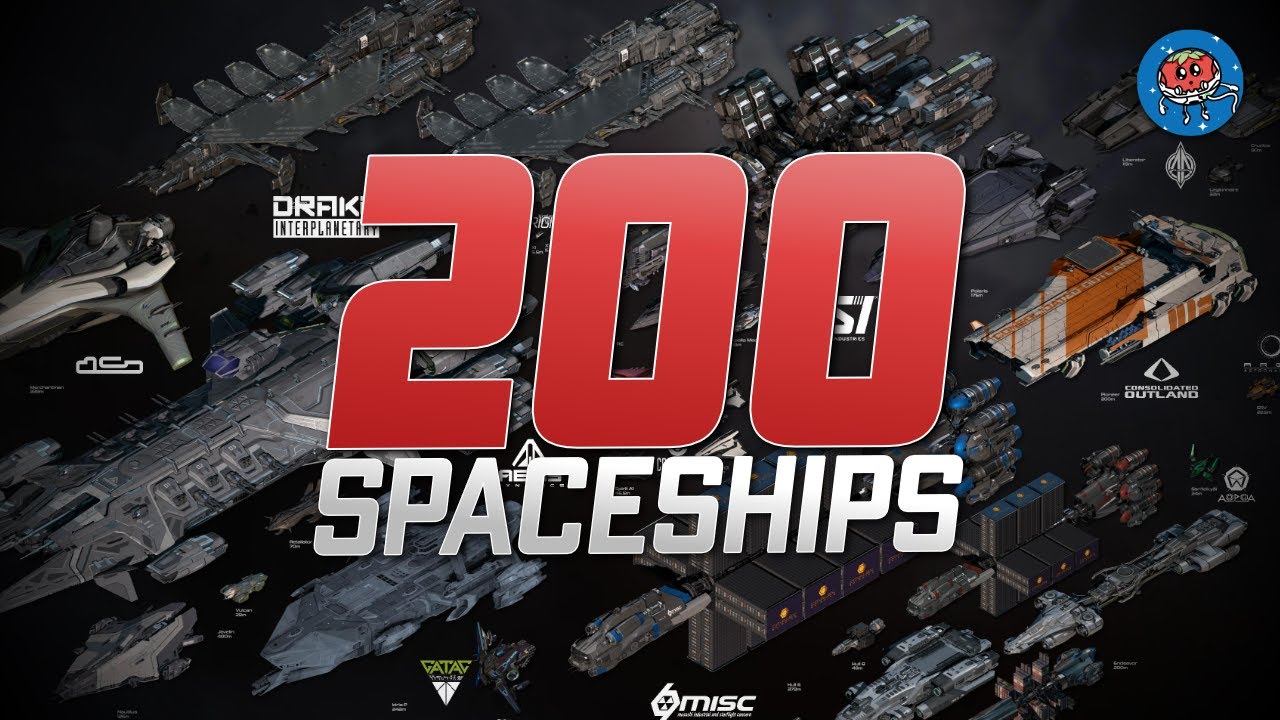Star Citizen has rapidly expanded its fleet to nearly 200 flyable ships by realizing old concepts, increasing development efficiency, and introducing numerous variants that often feature significant redesigns, enriching player choice and gameplay variety. While this growth supports steady content updates and funding, it also presents challenges in balancing, quality assurance, and community clarity, but ultimately helps sustain the game’s ongoing development and player engagement.
The video discusses how Star Citizen has rapidly expanded its in-game fleet to nearly 200 fully detailed, flyable ships, many featuring explorable interiors and unique functions. This impressive number results from a combination of factors, including the realization of old concept art into actual ships, increased development efficiency, a larger team, and the introduction of various ship variants. However, not all these ships are entirely unique; many share chassis and have subtle differences, while others serve distinct roles derived from the same base model. The video explores why so many ships are being delivered to players recently and the implications of this trend.
Star Citizen’s development strategy includes releasing new ships regularly, often monthly, to keep players engaged and maintain steady funding, especially as the game and its single-player campaign, Squadron 42, continue to evolve. Unlike previous years where ships were announced as concepts long before release, more ships are now entering the game with playable functionality, which improves goodwill among players. However, due to limited gameplay mechanics currently available, most new ships focus on combat, racing, or general purposes rather than specialized roles like mining or exploration.
The video highlights the difference between traditional ship variants, which often involve minor changes like paint schemes or swapped equipment, and newer, more distinct variants such as the Anvil Asgard. These newer variants feature significant interior redesigns, altered silhouettes, and different gameplay roles, effectively making them separate ships despite sharing a chassis with their predecessors. This approach allows the developers to refresh older designs and cater to a broader player base, although it sometimes blurs the lines between what counts as a unique ship versus a variant.
While these numerous ship releases help onboard new developers and provide consistent content updates, they also present challenges. Maintaining balance, quality assurance, and ongoing support becomes more complex with an expanding roster. Some players express frustration that older ships feel neglected as new variants arrive, and the proliferation of variants can confuse the community. Nevertheless, from the developer’s perspective, this strategy ensures a steady stream of content and revenue, which is crucial for the game’s ongoing development and eventual completion.
In conclusion, the video emphasizes that while the growing number of ships, including variants, may seem overwhelming or problematic, it also enriches the game by offering players more choices and unique experiences. Players should focus on how well each ship suits their personal playstyle rather than worrying about semantics like “variant” or “Mark 2.” The video acknowledges the ongoing debate about ship sales and feature development but suggests that this approach currently balances player engagement, funding, and development capacity effectively as Star Citizen continues to grow.
